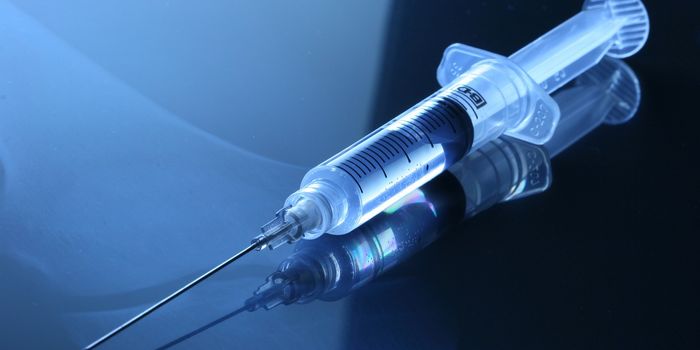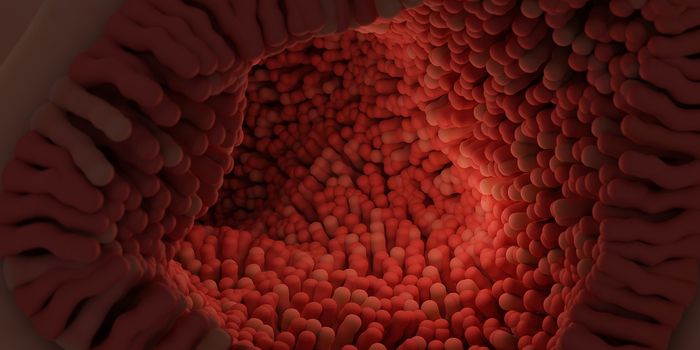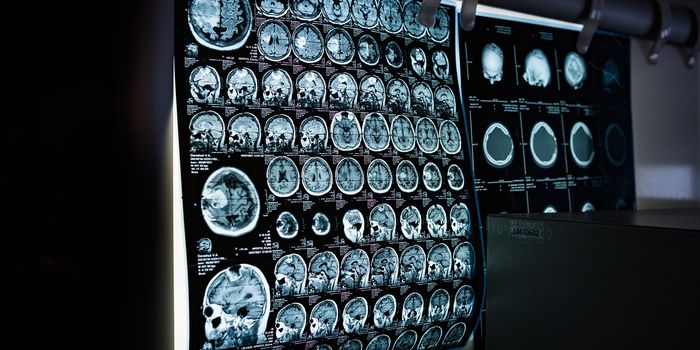New Nanotechnology Delivers RNA Drugs Only to "Bad" Immune Cells
Inflammatory conditions are linked to an overactive immune system, and resolving them therapeutically often involves calming down these immune processes. However, it isn’t all the immune cells that are responsible for the onset of these conditions. In fact, it’s usually a small subpopulation that induces these dramatic pathological effects, while the vast majority of immune cells remain healthy.
Now, researchers at Tel Aviv University have developed a groundbreaking way of delivering RNA-based therapeutics directly to the culprits—the pro-inflammatory cells—without affecting the rest of the immune cell populations. The research was published in the journal Nature Nanotechnology.
Lead author Professor Dan Peer and his team showed the potential of this treatment in a suite of animal models of inflammatory conditions including Crohn’s disease and colitis.
"We were able to organize the delivery system in such a way that we target only 14.9% of the cells that were involved in the inflammatory condition of the disease, without adversely affecting the other, non-involved, cells, which are actually completely healthy cells,” explained Peer.
Excitingly, when compared head-to-head against commercially-available antibody-based treatments for Crohn’s and colitis, this new nanotechnology innovation was found to be on par or superior. Critically, however, the RNA nanoparticles minimized side effects that are typically caused when the entire immune cell population is affected by a non-targeted drug.
Here, the nanoparticles act as a shuttle, delivering the therapeutic RNA directly to the cells that need them by targeting specific receptor conformations on the cell surface.
"On every cell envelope in the body, that is, on the cell membrane, there are receptors that select which substances enter the cell," said Peer.
"If we want to inject a drug, we have to adapt it to the specific receptors on the target cells, otherwise it will circulate in the bloodstream and do nothing.” The problem, says Peer, is that these are moving targets—receptors can change their shape in response to external or internal cellular signals.
According to Peer, the beauty of their newly-developed drug delivery system is its ability to selectively attach to receptors in the “diseased” conformation. “We are the first in the world to succeed in creating a drug delivery system that knows how to bind to receptors only in a certain situation, and to skip over the other identical cells, that is, to deliver the drug exclusively to cells that are currently relevant to the disease," commented Peer.
Sources: Nature Nanotechnology, Tel Aviv University.









